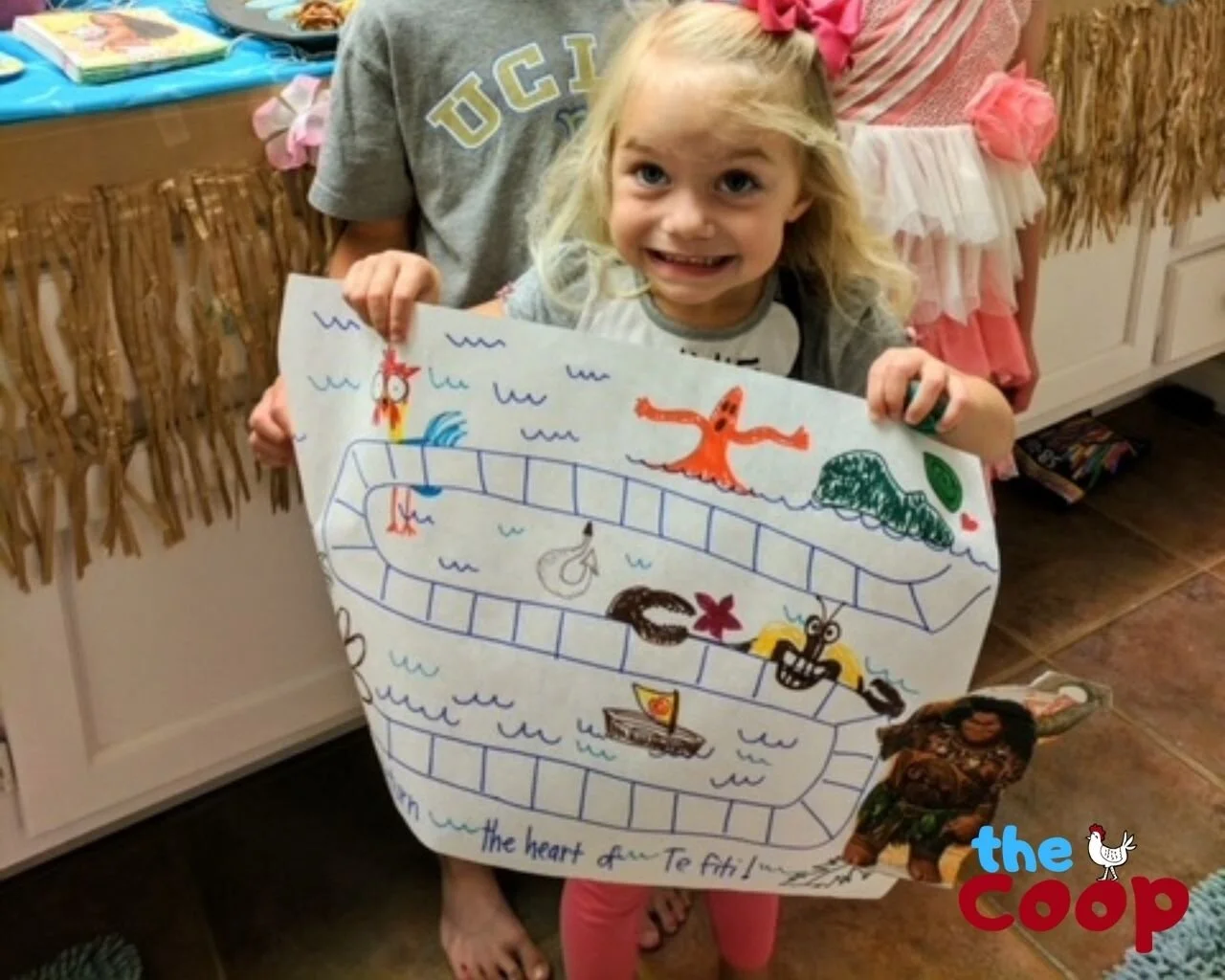Motivating My Child to Learn: Sticker Charts and Why They Don’t Stick
Some links may be affiliate links. We may get paid if you buy something or take an action after clicking one of these.
Raise your hand if you have ever tried a sticker chart on your child. Now, raise your hand if you ever held a sticker hostage. “You won’t get your sticker today if you don’t [fill in the blank]!” I’ve tried many sticker charts in my day as a traditional school teacher, Sunday School teacher, and now as a homeschool teacher, and guess what…they don’t work! They might at first. You might see an uptick of motivation and enthusiasm, and dare I say, excitement to learn? But, that temporary excitement doesn’t stick. It peels off once rewarded, just like the your child’s stickers. The enjoyment to learn the content is not there, only the empty reward that no longer matters to your child who now wants more.
Okay, I do have to say that sticker charts worked when we were potty training. But potty training is a one time occurrence over a time span of 1-3 days. It was genius, fun, and simply and surprisingly memory-making. (For more about that awesomeness, check out this book, Potty Train Your Child in Just One Day, by Teri Crane.) So, I’m not a purest against sticker charts, although I’m more on the intrinsic rewards side of the fence.
Learn for the Love of Learning
Here’s the thing…we want our children to love learning for the sake of what they are learning. We want them to internally want to learn because they love learning, and not in order to earn some sticker, letter grade, or any other kind of synthetic reward. I’m not saying I have all the answers, but what I am saying is that it is something to think about. Some of us hand out rewards so much that we do it without thinking, even when none is needed - and then we are confused when our child’s joy for learning is not growing and the result we expected is not achieved.
Extrinsic vs. Intrinsic Motivation
Let’s use gardening as an example. Let’s say that your gardening activity produces these rewards:
1) Extrinsic, natural reward: beautiful flowers that bloom which bring you joy
2) Extrinsic, synthetic reward: payment/compliments for the gardening chore done well or for a beautiful yard
But what if the reward is the actual act of gardening? Whether or not the flowers bloomed and whether or not you were paid…
3) Intrinsic, natural reward: you enjoyed putting your hands in the dirt, working with nature, and being one with nature during the actual activity.
Would it be nice to get paid for it too? Perhaps. Sometimes intrinsic and extrinsic can go along together and work harmoniously. However, research says, over time, extrinsic rewards don’t produce long-term contentment in learning and doing, and intrinsic motivation is preferential. (For more about this, check out this article by Dave Burkus from Psychology Today.)
Giving a reward for doing something your child already enjoys doing can actually undermine your child’s enjoyment of it. It’s true. As research shows, one sure-fire way to get your child to stop doing what she loves is to pay her for it. That is, unless she is running a business and the business is the pleasure. (For more about undermining motivation, check out this article by Matt Johnson, Ph.D., from Psychology Today.)
When To Use a Sticker Chart (or Reward System)
So maybe, if your child does not already enjoy something, you can try a reward system for a short term effect. We go to our jobs typically because we earn money, and it’s just an added bonus if we love the actual work. But, if we weren’t paid, we wouldn’t do it. In that case, extrinsic rewards are necessary. But if you already love something, like creating art or playing the ukulele, you do not need a reward system. It’s not necessary.
How Can We Increase Intrinsic Motivation?
According to Burkus’s article, to increase internal motivation, try to increase the significance your child finds in the lesson, task, or skill and his role in it. Switch things up, add more variety, and give him autonomy in the learning.
So maybe wait on the sticker chart. Wait to see if your child will just love the activity, content, or lesson for the sake of learning. And then see what truly sticks.
Try Our Motivation Challenge!
Pick one day this week, or even a span of four hours, and keep a list of your major activities. Evaluate why you do each of the activities. Are your days filled with extrinsic motivation and results-driven? Or do you have moments of activities you do because you love the activities themselves? Comment below to share your results!
The Coop Homeschool is a participant in the Amazon Services LLC Associates Program, an affiliate advertising program designed to provide a means for sites to earn advertising fees by advertising and linking to Amazon.com.



